Cases Treatable with Invisalign – Springdale, AR
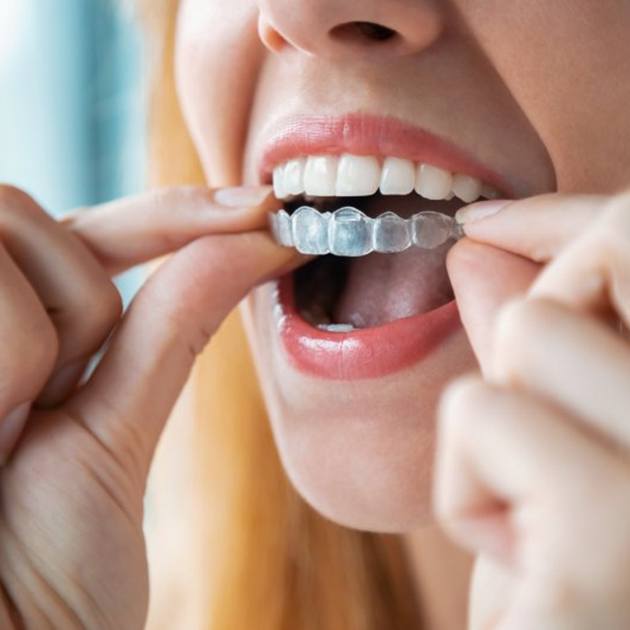
Personalized & Versatile Treatment for Healthier Smiles
It’s too simple to just say that Invisalign can help patients achieve a straighter smile. That’s because there are multiple kinds of orthodontic issues that clear aligners can help address. Knowing what types of bite misalignments you can expect or which one(s) you may be experiencing can help you determine if this treatment is an ideal solution for you. Keep reading to learn about the common orthodontic cases that Invisalign can help resolve to ensure a healthier and more aesthetic grin!
Crowded Teeth
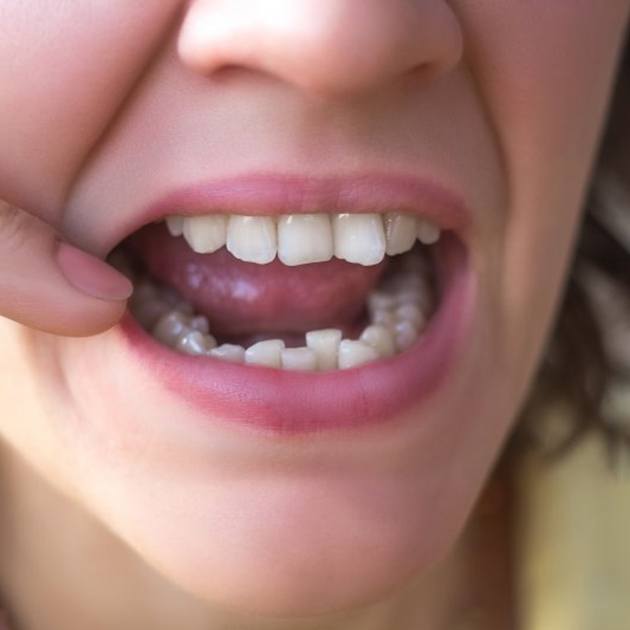
Overlapping teeth or those that are too closely packed can end up making oral hygiene more difficult to practice. Some people also often feel embarrassed or uncomfortable showing their smile. With Invisalign, we can help space out your pearly whites so each of them can remain in their proper and comfortable positions. This process may work along with extractions to help straighten your smile.
Overbite
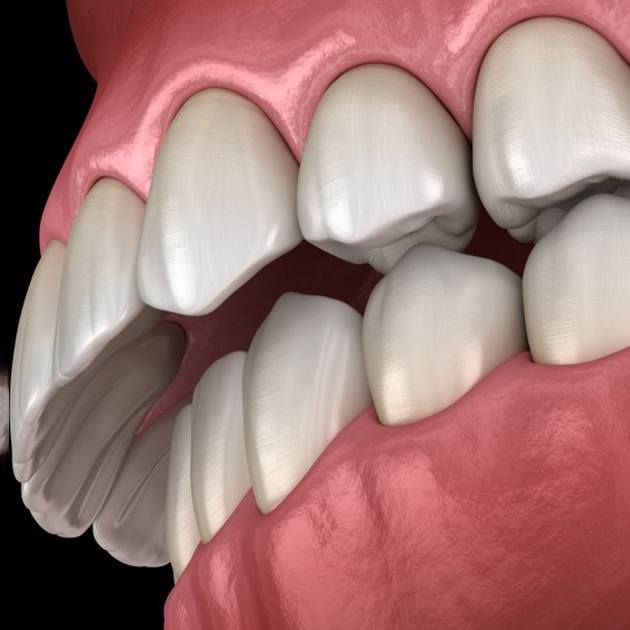
This is when the upper front teeth cover the bottom arch whenever you bite down. While a minor overbite is normal and still healthy, sometimes the overlap can be too severe and result in wear and tear of the front teeth as well as jaw pain. In many instances, Invisalign can help realign your bite to reduce the overlap.
Underbite
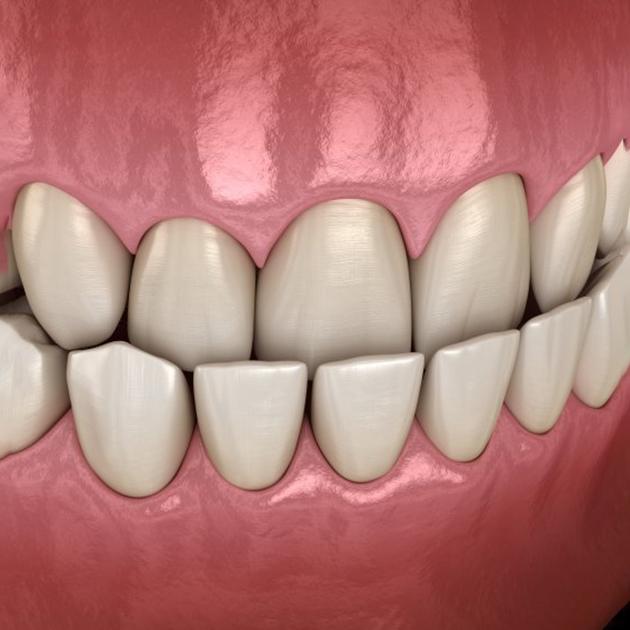
An underbite is the exact opposite of an overbite—where the bottom teeth protrude further than the upper arch. This is typically a result of the bottom jaw being too forward compared to the top of your mouth. This condition can negatively affect your speech as well as your oral health. Invisalign alone may not be able to correct this issue, but it can certainly help.
Crossbite
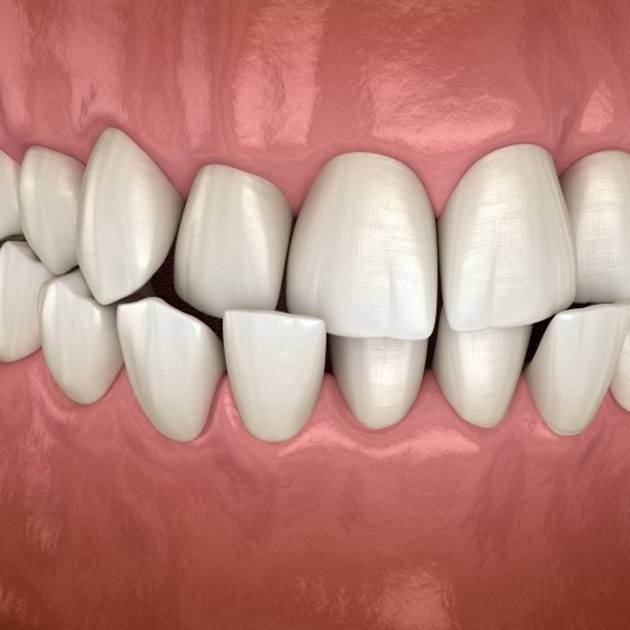
This orthodontic problem involves some of your upper teeth sitting behind certain lower ones. If left untreated, it can lead to minor damage to your smile, such as chips, cracks, or even gum recession. In certain situations, Invisalign can help alleviate this problem.
Gap Teeth
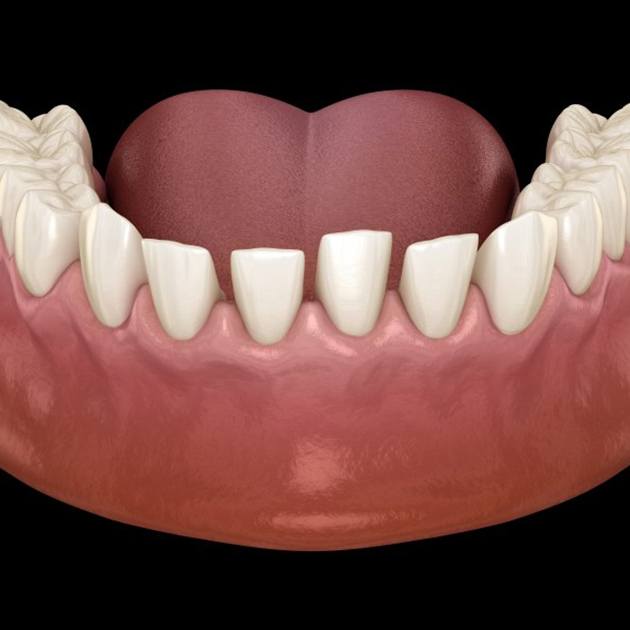
Sometimes called a “spacing issue,” gapped teeth are simply those that are too far apart from each other. More than simply aesthetically unpleasing, this condition can increase the risk of oral health issues, such as gum disease and cavities, as it can be easier for bacteria and debris to accumulate. Clear aligners can gradually shift your pearly whites to fit closer together, providing a healthier and more supported smile.
Open Bite
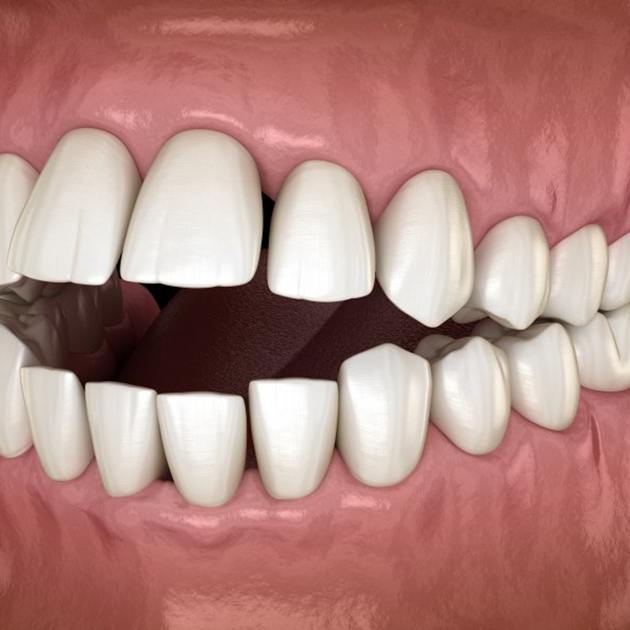
An open bite is whenever you have a parting between your upper and lower teeth even while your mouth is closed. This can make it quite challenging to eat and chew food effectively, which can both affect your nutrition and your quality of life. Many cases of open bite can be addressed with the help of Invisalign.
Baby and Permanent Teeth
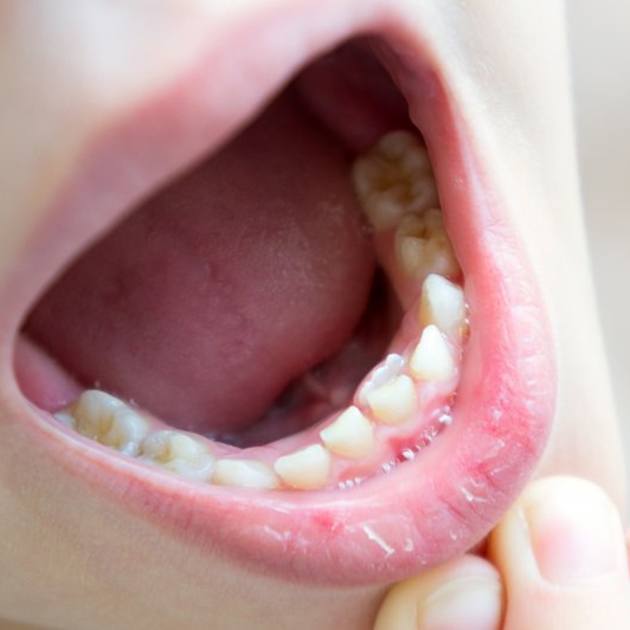
Back then, Invisalign was mainly reserved for teenage and adult patients. Today, children can undergo Phase 1 treatment if they have some of both their baby teeth and permanent ones. With Invisalign, we can help guide tooth development while preventing potential orthodontic issues.
Generally Straighter Teeth
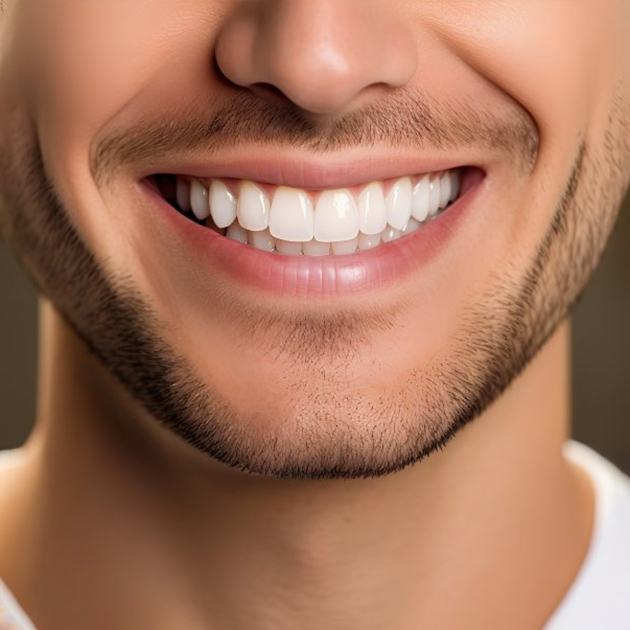
Whether your oral health is at risk or you simply wish to upgrade the appearance of your smile, Invisalign can certainly help. These clear aligners are specifically designed to improve your unique grin, straightening your teeth to create a look that you can be proud to show off. Give our team a call if you’re interested, and we’ll be more than happy to determine if this treatment is right for you!
